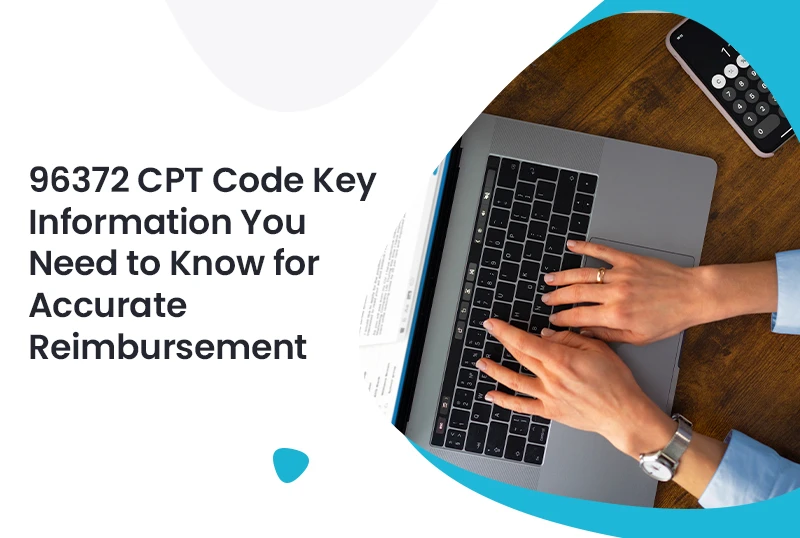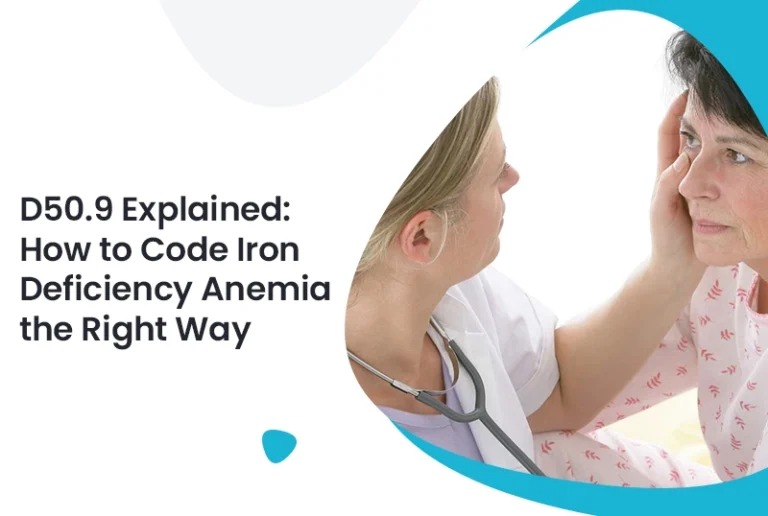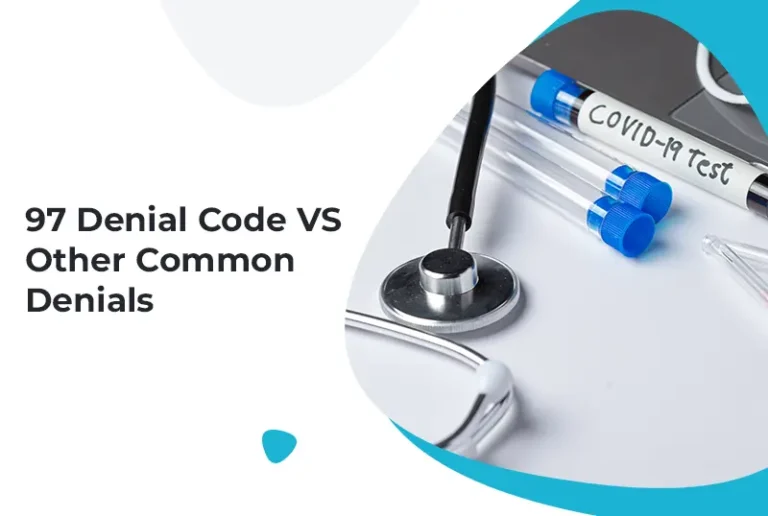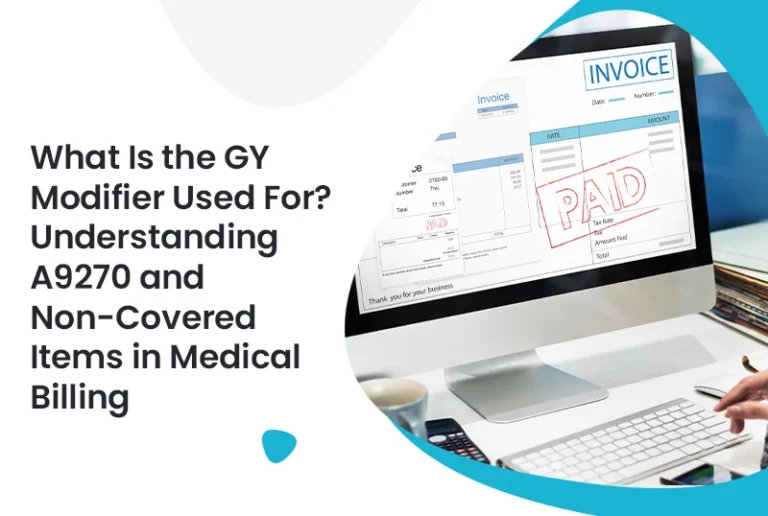Picture this: a routine patient visit, a quick therapeutic injection, and another step toward better health. Simple, right? But behind that brief moment lies a world of documentation, coding precision, and payer expectations. One slight error when using the 96372 CPT code, and that quick jab could become a reimbursement headache.
In a fast-paced clinical setting, getting things right is not just helpful but absolutely essential for keeping your practice running smoothly and your payments on track. That’s why mastering the details of injection billing is more important than ever. Because when it comes to your bottom line, every click, code, and claim counts.
Let’s explore how proper use of this common code can protect your bottom line and improve claim success.
Mastering the 96372 CPT Code
Think of it as the go-to code for quick and effective relief without the need for IV setup or surgery.
The 96372 CPT code is used when you give a therapeutic, prophylactic, or diagnostic injection under the skin or into a muscle.
It does not apply to injections into joints or those given through infusion pumps. This code is for direct, hands-on care.
Common Scenarios for using code 96372:
- Vaccinations (like tetanus or flu shots)
- Giving hormone injections
- Delivering painkillers or antibiotics intramuscularly
- Injecting Vitamin B12 or allergy shots
Several shots in a single visit may require more entries for the code, which is normally recorded per injection, however, always verify payer guidelines first.
Key Documentation Required
To justify the use of 96372, your documentation should include:
- Date and time of injection
- Name and dosage of the drug
- Injection site
- Name of provider and supervising physician
- Patient’s condition and why the injection was necessary
Why is this important? Because payers require evidence that the procedure was medically necessary. A simple documentation slip can lead to delays or denials.
Billing Guidelines and Common Mistakes
It looks simple on paper, but billing 96372 can trip you up if you’re not careful. Many providers assume they’re doing it right until denials start rolling in.
Here’s how to avoid the most common pitfalls and make sure your claims go through the first time.
Do:
- Verify if the medication is separately reimbursable
- Use the appropriate modifier when needed (e.g., Modifier 25)
- Ensure documentation supports medical necessity
Don’t:
- Bill 96372 without a corresponding diagnosis code
- Assume it’s bundled unless mentioned in the payer’s policy
- Forget to link the drug (e.g., J codes) with the injection
When in doubt, this is where smart revenue cycle management healthcare practices step in. By having systematic checks in place, your practice minimizes rejected claims and keeps the revenue flowing.
When Modifier 25 Applies
Ever had a patient come in for a shot but end up needing a full checkup too? In those cases, you might be able to bill for both the injection and the E/M service.
That’s where Modifier 25 steps in. It tells the payer, “Hey, this wasn’t just about the injection.”
Example:
99213-25, 96372, J3420 (for a vitamin B12 shot with a separate evaluation)
However, using Modifier 25 too often or without clear documentation can raise red flags during audits. So use it wisely, and always make sure the records back it up.
Medicare & Insurance Reimbursement: Know the Rules Before You Bill
Think all payers treat 96372 the same? Not quite.
While Medicare does reimburse for this code, certain conditions must be met first. The patient must qualify, and the injection must be part of a covered service. Private insurers may follow similar rules, but each one comes with its own twists.
To avoid denied claims and payment delays, it’s important to play by the book. Here’s what you need to keep in mind.
- Check local coverage determinations (LCDs)
- Review payer-specific guidelines
- Understand bundling rules with preventive services
Always link an appropriate diagnosis code, and if applicable, report the drug separately using its respective J code.
Coding Examples for Better Clarity
Need a clearer picture of how the 96372 CPT code works in real-world settings? Let’s walk through a couple of common scenarios.
Example 1
A patient comes in with a sore throat and receives an intramuscular injection of Rocephin.
- Procedure code: 96372
- Drug code: J0696 (Ceftriaxone)
- Diagnosis code: J02.9 (Pharyngitis, unspecified)
Example 2
A male patient is treated for low testosterone with a hormone injection.
- Procedure code: 96372
- Drug code: J1071 (Testosterone cypionate)
- Diagnosis code: E29.1 (Testicular hypofunction)
These examples show how 96372 pairs with appropriate drug and diagnosis codes for clean, accurate billing.
The Role of Medical Billing Software
Manual billing is error-prone. That’s why many providers are shifting toward automated tools that:
- Prompt for missing modifiers
- Cross-check against payer rules
- Flag incomplete documentation
- Suggest codes based on treatment documentation
If you’re not already using one, this might be the time to explore integrating technology into your workflow.
Why Training and Compliance Matter More Than You Think
In healthcare, nothing stays the same for long—not even your CPT codes. Updates roll out every year, and if your team is not keeping up, you are not just falling behind… you are risking compliance issues and lost revenue.
Ongoing training does more than just check a box. It keeps your team sharp, confident, and fully aligned on documentation, coding accuracy, and payer expectations. That kind of consistency protects your practice from denials and delays.
This is where medical billing and coding professionals truly shine. They handle the updates, follow every change, and fine-tune the process so you do not have to worry about the small stuff.
With the right training and support, your practice stays prepared, confident, and ahead of the curve.
Conclusion
Mastering the 96372 CPT code is not just about knowing what it means. It is also about billing it right, using the correct modifiers, and backing everything up with clean documentation. These small details can be the difference between fast reimbursement and frustrating denials.
Whether you are running a solo practice or part of a larger organization, smart billing practices keep your revenue cycle moving smoothly. And when things get complex, you do not have to figure it all out on your own.
Partnering with a trusted medical billing provider and a solid revenue cycle strategy puts you in control. With the right support, you can spend less time chasing payments and more time focusing on what matters most
FAQs
What is CPT code 96372 used for?
CPT 96372 is used for administering therapeutic, prophylactic, or diagnostic injections via subcutaneous or intramuscular routes.
Can I bill CPT 96372 with an office visit?
Yes, but only if the office visit was for a separately identifiable issue. In such cases, append Modifier 25 to the E/M code.
Do I need to bill the drug separately?
Yes, the drug should be reported with its specific J code unless it is bundled as per the payer’s rules.
Is code 96372 reimbursable by Medicare?
Yes, if the service is medically necessary and documentation supports it.
How often can I use code 96372?
You can bill 96372 per injection. If multiple injections are given, you may need to report the code multiple times, based on payer guidance.






